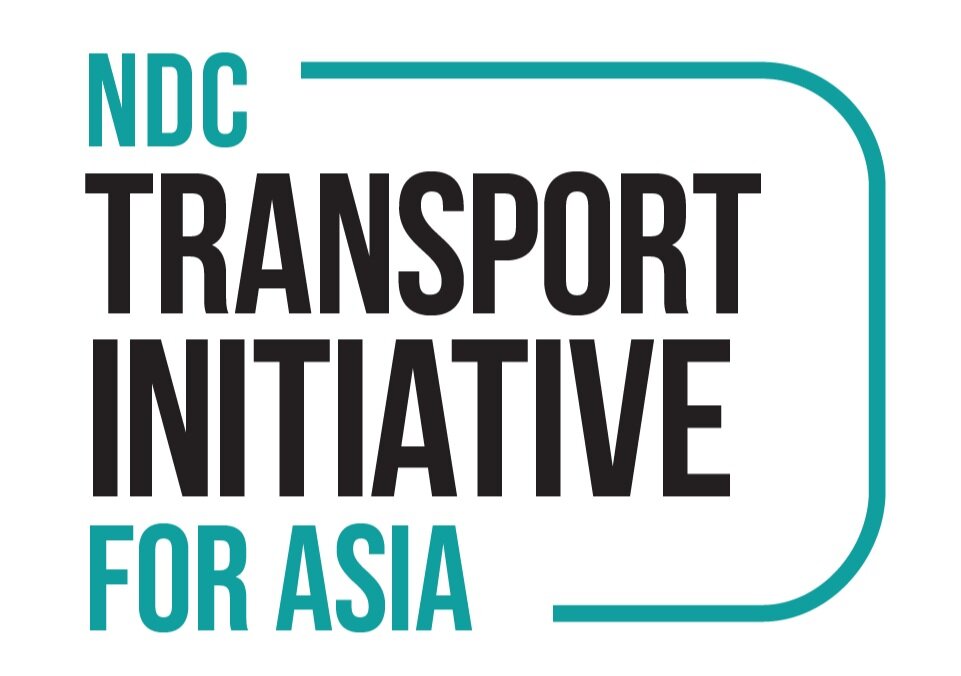Opportunities and pathways to decarbonize China’s transportation sector during the fourteenth Five-Year Plan period and beyond
By Zhenying Shao, Hui He, and others
This study uses cutting-edge emission-modeling tools to assess the potential for reducing climate pollutants, including CO2, using advanced policy packages compared with policies currently in effect for China’s transportation sector. It provides China with a technical foundation for consideration of carbon reduction goals during the 14th Five-Year-Plan (FYP) period (2021–2025) and over the longer term.

